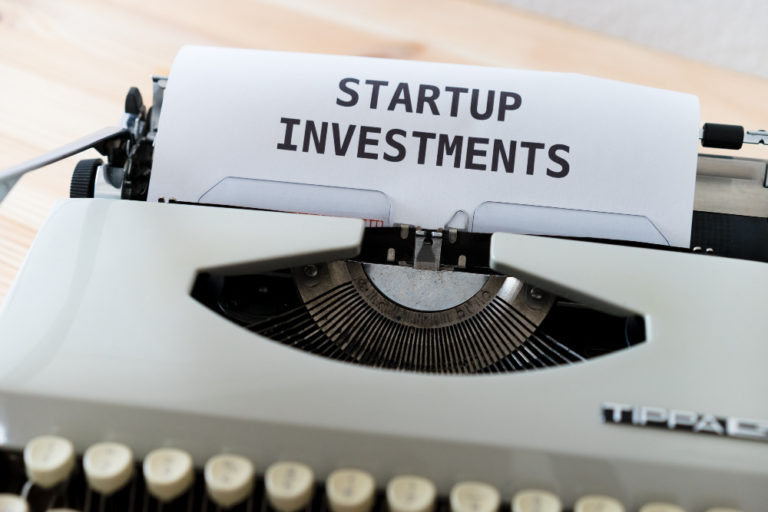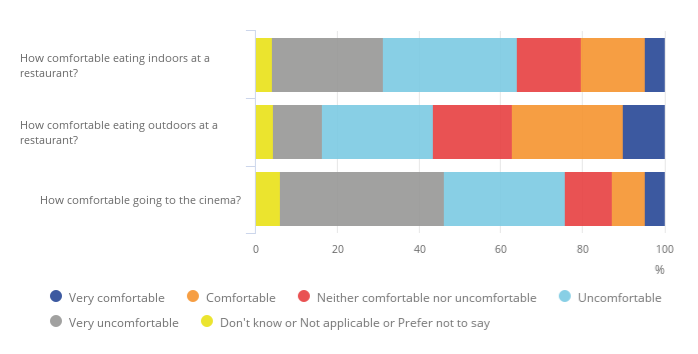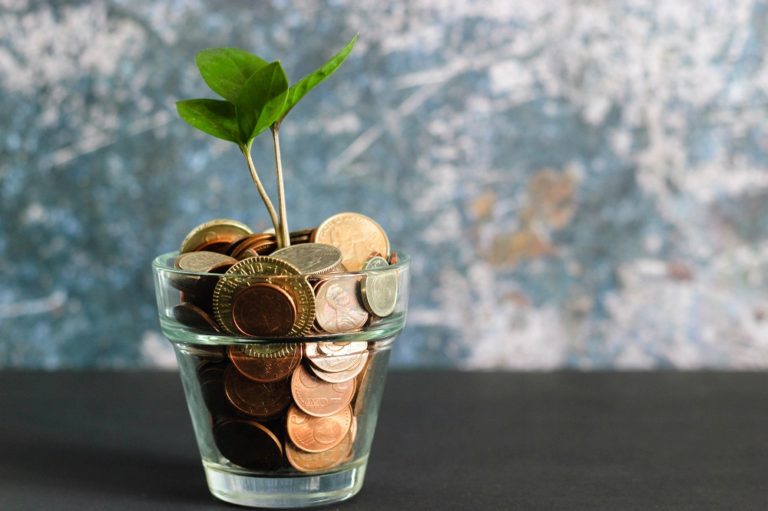Cost of Living Payment: How much you can get and when
Chancellor Rishi Sunak released details of his Cost of Living Payment this week.
It’s a bumper support package, mostly targeted at lower income households, which will be partially paid for by a temporary new tax on oil and gas producers.
But how much can you actually get, when and are there any downsides?
Here’s what you need to know.
What is the Cost of Living Payment all about?
The Cost of Living Payment is a package of support – free money, in a sense – that’s designed to help people get by during the cost of living crisis.
It’s on top of the money the Chancellor announced earlier this year as part of the rebate programme and his Spring Statement.
A huge contributor to the cost of living crisis has been the price of energy, which has in turn led to soaring prices on other goods, as well as of course the cost of everyday energy use.
This latest round of support was announced after energy industry regulator Ofgem said that it expected the energy price cap to go up again in October, this time to £2,800 a year.
That’s more than double of what it was a year ago and your bill can be even more if you use a lot of energy at home.
How much money can you actually get?
There are different lump sums paid to different people at different times of the year (more below).
They’re all tax free, and don’t affect any existing benefits. And they’re not mutually exclusive, so if you were eligible for all of them, you would receive all of them.
This is also on top of any payments you might receive as part of the Household Support Fund.
Incidentally, this funding, available on application from local councils, has been extended to March 2023, with an extra £500million allocated.
£400 from October – for everyone
As part of the rebate programmes that the government announced in February this year, everyone was supposed to get £200 off their energy bill in October, which would need to be repaid over the next five years.
The government has now said that everyone will instead receive a one-off rebate of £400 (officially the Energy Bills Support Scheme) from October, and it no longer has to be repaid.
£650 from July – for those on means tested benefits
This makes up the bulk Cost of Living Payments and will be paid to households receiving any one of the following benefits:
- Universal Credit
- Income-based Jobseekers Allowance
- Income-related Employment and Support Allowance
- Income Support
- Working Tax Credit
- Child Tax Credit
- Pension Credit
The money will be paid in two instalments from July and from autumn.
It’s worth bearing in mind the government hasn’t actually specified the split, so the two instalments may not be of equal value.
You’ll need to already be claiming benefits, or have started a successful claim by 25 May, to be eligible for the first payment.
The second payment will have separate eligibility dates; the government will announce this later in the year.
If you stop being a benefit recipient after the first instalment, you might not therefore be eligible for the second.
£150 in September – for those receiving disability benefits
You can get this payment if you receive one of these benefits, or started a successful claim by 25 May:
- Disability Living Allowance
- Personal Independence Payment
- Attendance Allowance
- Scottish Disability Benefits
- Armed Forces Independence Payment
- Constant Attendance Allowance
- War Pension Mobility Supplement
The government hasn’t clarified how but the payment will be made directly to those eligible in September.
£300 in November/December – for pensioners
You have to be at least the State Pension age (aged 66 or above) between 19 to 25 September 2022 to be eligible for this payment.
It will be paid as a lump sum alongside the usual Winter Fuel Payment, which is paid in November or December.
Why is the energy price cap still going up?
It might not seem like it right now but the energy price cap is actually designed to keep prices fair for consumers while allowing energy firms to make enough profit to sustain their business and reinvest.
Given that companies like BP and Shell have made billions in profits in the last year because of soaring prices, you probably feel that they have quite enough money and the cap should be dropped.
The crucial difference is that the energy price cap applies to energy suppliers, who buy their energy from the energy producers – and it’s the energy producers who have enjoyed soaring profits.
To complicate things, some energy suppliers have also unexpectedly profited while others have made losses or even failed. And some energy producers also own energy suppliers, like Shell and Shell Energy.
It’s one of the reasons why campaigners have called for a windfall tax, and why it looks like it might finally happen.
A new Energy Profits Levy on oil and gas firms
I say “might” in reference to the Energy Profits Levy because this tax has strings attached.
The government has described it as “a new 25% surcharge on the extraordinary profits the oil and gas sector is making”.
It’s effective now until the end of December 2025, but may be scrapped earlier if prices return to normal before then.
Quantifying what counts as “extraordinary” will no doubt be difficult, and will be open to interpretation and negotiation.
Then there’s the fact that the government plans to offer tax relief on reinvestment in the UK, which will allow companies to lower their tax bill.
All this means that although the government has projected a £5billion tax income in the first year of the levy being in place, the actual amount received might be significantly less.
What are the other downsides?
This new round of support is estimated to cost an additional £15billion – the potential £5billion from the Energy Profits Levy is a drop in the ocean against that and the already staggering debt the government has accumulated over the last two years.
At the moment, it also feels like there are a lot of moveable deadlines. Most of the payments are “from X date” rather than “on X date”, which means you might not receive a payment when you expect it.
In other words, don’t count your chickens until they’re hatched – make sure you have a back up plan if the money doesn’t come in time.
From a macroeconomics point of view, there’s also the fact that this extra support is the equivalent of injecting cash into the economy – something that contributes towards inflation, and could actually make the problem worse further down the line.
That said, this is one of the more targeted support programmes that the Chancellor has come up with so at least those in need of help right now can get some.







